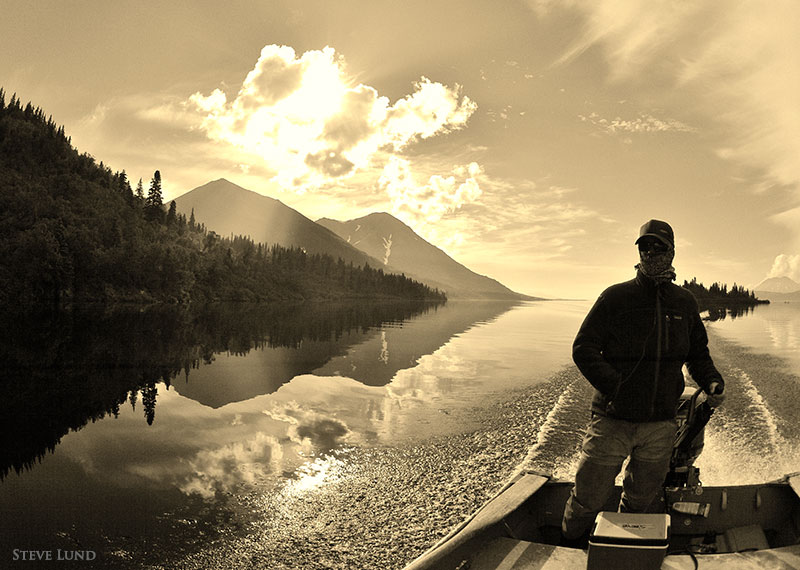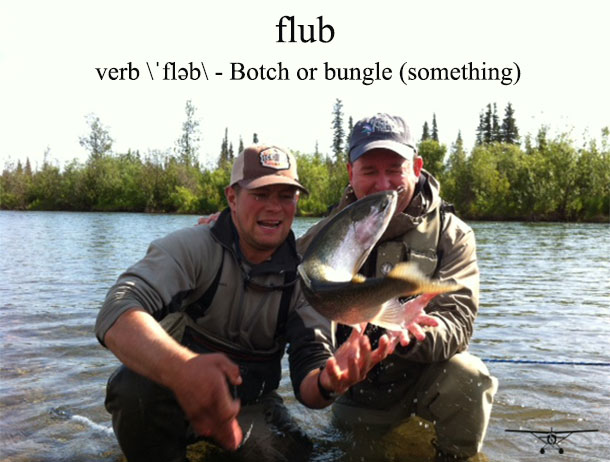The 2015 S.E. Alaska steelheading season was filled with many adventures, challenges, and triumphs.
No video selected.
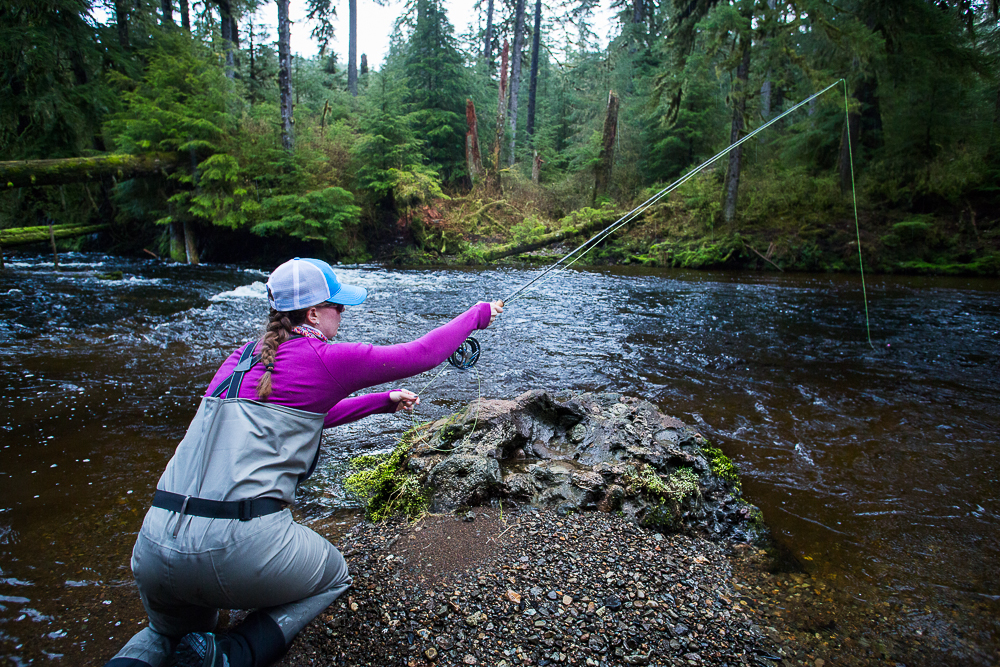
South East Alaska holds a special place in many anglers’ hearts. The rugged, unforgiving terrain, often gives way to some of the most rewarding and picturesque fishing experiences that can be found anywhere on earth. Lee Kuepper just got home from spending a few weeks exploring, fishing, and photographing this unique portion of the state. He was able to capture some really great images that tell the story of the adventures to be found while steelheading in S.E. Alaska. Enjoy.
If you have not had a chance to experience South East Alaska yet, remember that even though the steelhead season is just about over, the salmon and saltwater fishing will start to heat up soon. Good fishing can be found throughout the region from mid-June all the way through November. So, check out the S.E. Alaska Lodges Page or give us a call to find the perfect fit for your next Alaska fishing adventure.
{gallery}2015 POW{/gallery}
on Sunday, 10 May 2015.
Posted in Photo
A monster emerges from Alaska's Naknek River.
No video selected.
No video selected.
on Monday, 23 February 2015.
Posted in Photo
Part 2 of 3
No video selected.
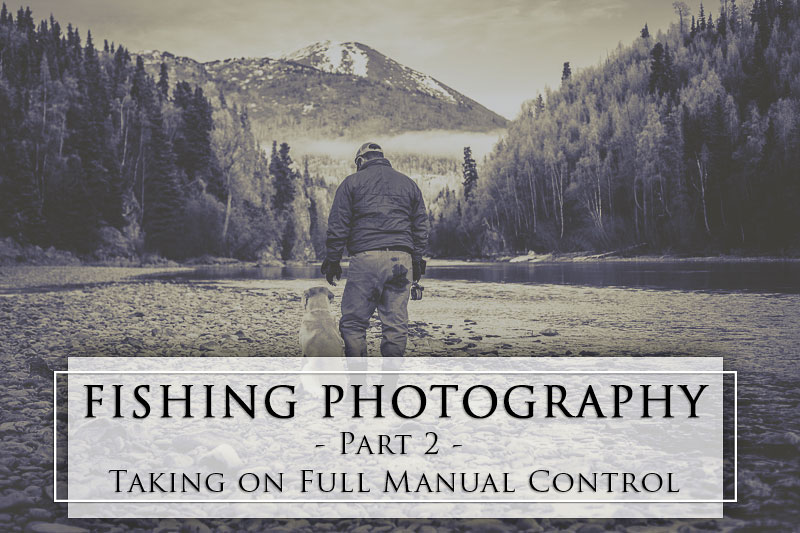
I think taking on full manual control of a camera is a goal for any aspiring photographer looking to improve their skills. While it is very intimidating at first, learning manual control can be taken one step at a time through the use and understanding of the camera’s preset priority modes. In the last “Behind the Lens” article we discussed choosing the proper lens for your fishing photography. Building on that, I will briefly discuss using priority modes in preparation for takingon full manual control of your cameras settings.
Shutter Priority -
Outside of full manual control, using your cameras shutter priority mode (“S” on Canon or “Tv” on Nikon) is the best way to learn how to control the amount of movement and/or blur produced in your final image. Here, your camera allows you to choose the desired shutter speed, while it takes control of the remaining ISO and aperture settings. When trying to capture fly line in flight, or a fish doing mid-air cartwheels, you will find that cranking up the shutter to the maximum possible speed is necessary to get a sharp, clean image. While this is not exactly rocket science, it is necessary to understand completely. I can hold my camera steady at a shutter speed of 1/60th or faster by hand, but if I need to shoot any slower, a camera support is necessary to avoid blur in the final image.
The downside to using the shutter priority mode lies in the photographers inability to set the desired depth of field. Keeping this limiting factor in mind, I always enjoyed experimenting with the shutter speeds when trying to capture a fly line in flight. I would start at a low shutter speed, and continuously analyze how “frozen” the line and angler were as the speed was ramped up. Over time I realized that sometimes a little blur is a good thing, giving the image a sense of movement and action that a completely still frame does not have.
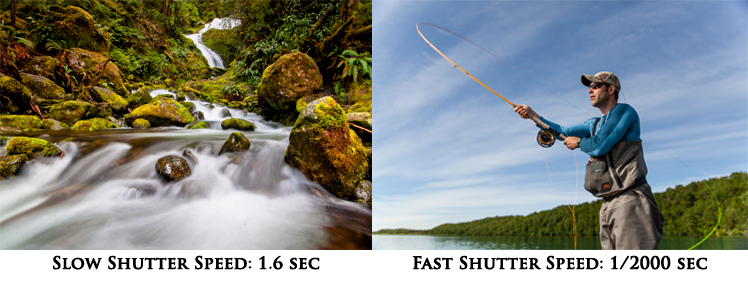
on Tuesday, 20 January 2015.
Posted in Photo, Article, Gear
Part 1 of 3
No video selected.
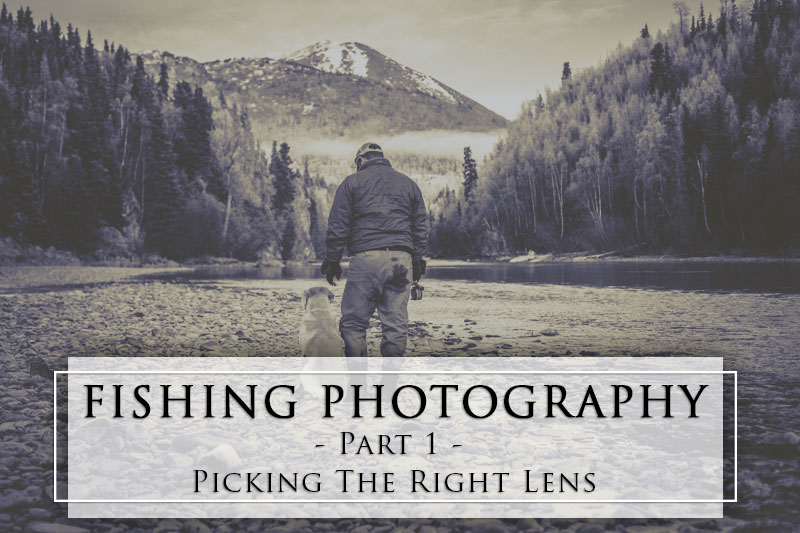
Recently, I have had a few people ask me about lens selection in regard to fishing photography. More precisely, "What is the best lens I can get for the majority of my fishing situations?" While I wish it were a simpler question to answer, the fact is, each lens type has its own pros and cons. Every individual lens captures emotions differently, almost as if they have their own unique "personality." Here's my rundown:
Wide-Angle - The Hank Patterson of Lenses

I think we all have that fishing buddy who always brings the party. They always bring the beer, and are fun as hell regardless of the fishing conditions. They often get worked up over every fish, and are relentless in hassling you after you farm a monster. Simply put, a wide-angle lens is more or less the "Hank Patterson" of camera gear.
I find that images taken with a wide-angle lens have their own special kind of excitement to them. This lens style has a tendency to separate a subject from its background by maximizing the foreground and minimizing the size of the background. This will in turn add a lot of depth to your imagery. I find I most commonly use my wide-angle lens for grip and grin, close up action, and just all around energetic fishing situations.
While this style lens has provided me with a lot of great images, it also comes with it's own set of disadvantages. Unless you are shooting landscape images, where you are trying to shoot an entire scene, capturing your subject full frame requires the camera to be tight to the subject. Mountain ranges, trees, and other parts of your background tend to shrink in comparison to your subject. So if you are looking at capturing the details of the background, you may need to go with a longer style lens. When used properly though, a wide-angle lens can be one of your favorites, and is a must have in any photographers arsenal.
My personal favorite is the Cannon 20mm F/2.8 Ultrawide. It provides crisp, energetic images with minimal distortion, and won't completely break your bank at about $539.
on Tuesday, 13 January 2015.
Posted in Photo, Article, Gear
30 inches of Chrome
No video selected.
No video selected.
on Wednesday, 05 March 2014.
Posted in Photo
Fly Out Photo of the Week
No video selected.
No video selected.
on Friday, 07 February 2014.
Posted in Photo
Photo By Nick Seiler
No video selected.
No video selected.
on Tuesday, 28 January 2014.
Posted in Photo
No video selected.
No video selected.
on Tuesday, 31 December 2013.
Posted in Photo
Featuring Tikchik Narrows Lodge Pilot Steve Larsen
No video selected.
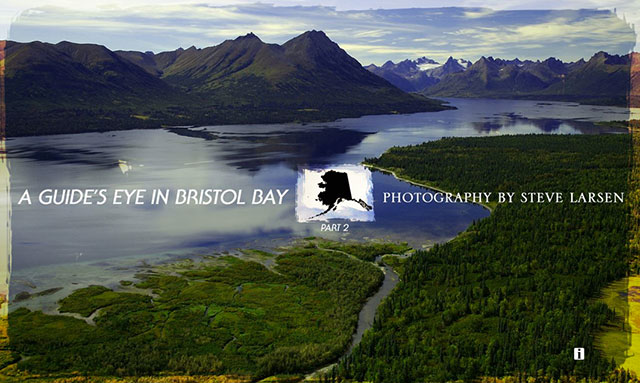
The Catch Magazine issue is live. Check out the 2nd essay from Tikchik Narrows Lodge pilot Steve Larsen on Bristol Bay. Steve has been a pilot in Southwest Alaska for over 30 years, and his cameras have always come along with him. Check out this wonderful essay by subscribing to Catch Mag at catchmagazine.net.
on Wednesday, 07 August 2013.
Posted in Photo, Article
Who's been there?
No video selected.
No video selected.
on Thursday, 09 May 2013.
Posted in Photo







